A lawyer discusses leaks in co-ops and condominium apartments and buildings - by C. Jaye Berger

Offices of C. Jaye Berger
Leaks occur on almost a daily basis in co-op and condominium apartments and buildings. They can arise from a problem within the apartment itself, such as a broken pipe under the sink, with water spreading all over the floor and inside the kitchen cabinets. They can come from something in another apartment, such as a defect in the shower body in the apartment above. They can come from the outside when there are defects in the building facade and water leaks in. They can be small and contained or they can spread throughout the apartment and even into many floors of the building, destroying other apartments and furnishings along the way. Bubbling paint and plaster on the walls and ceilings and warping of the floor boards are common symptoms of the problem.
In these litigious times, it is hard to believe that there are still many people who do not carry insurance for their apartments. This often occurs with buyers from other countries who are not familiar with these issues. Some buildings require evidence of insurance at closings, but not all do. Some condominium unit owners do not have their own insurance and rely on their tenants to have renters insurance, then find out when it is too late that they don’t have any.
Even when people do have insurance, how the damage is paid for and by whom can be very complicated because there can be policies from several different involved parties. A company may pay for damages, then try to “subrogate” or recover that money from one of the other parties’ policies.
As shareholders and lessees, the shareholder has a right to “occupy” the apartment. The proprietary lease usually provides that the shareholder is responsible for repairing and maintaining the interior of the apartment. That covers inter alia interior walls and ceilings, windows and window panes and doors. Therefore, even when the building repairs a pipe, the shareholder is still responsible for the painting. Shareholders are responsible for maintaining and repairing some plumbing, gas and heating fixtures, as well as the major appliances such as refrigerators, dishwashers, air conditioners, ranges and other appliances in the apartment, as well as some, but not all of the pipes. Pipes in the walls, ceilings and floors are not included. The co-op corporation must repair and maintain the other areas of the building.
In condominiums, the unit owner is generally responsible for all fixtures, appliances and plumbing installations within the unit, unless they are located in common elements and serve other units. Of course, if the damage is due to the negligence of the unit owner or his guests, the board is not responsible.
A recent call from a client illustrated this perfectly. There was a call to the super around midnight about bubbling from water on the ceiling of a co-op apartment. The call was to see if someone in the apartment above might have left the faucet in their tub running, thereby causing an overflow. The apartment above had not left the water running, but after a quick check, the shareholder found that the wall and ceiling in the bathroom was soaking wet from water and the wallpaper was peeling off.
The real search had to wait until the handymen arrived the next morning. They had to check each apartment going “up” to see where the water was coming from. They traced it back four floors. The “cause” of the massive water leak and damage to each of the floors was a neighbor four floors above who had tried to save some money and do his own plumbing. He thought he could change a showerhead by himself. The worst part is he quickly saw that he could not, but did not say anything or call for help. So the water dripped down, causing damage to apartments on four floors. Just like a criminal caught “in the act,” the super saw tools on the floor in the apartment from his failed attempt at repairs.
The good news is that he had insurance. Not everyone who causes damage like that has insurance, but it reinforces the vulnerability of living in a building where you cannot “control” the behavior of neighbors. The neighbor could certainly afford to hire a plumber. The building has a very hands-on management company, but this went under the radar, because there was no outside company coming into the building that people could blame or get a certificate of insurance from.
Consider the same type of damage to several floors, but in another case, it was the result of a new renovation project. Pipes that had been soldered months before, broke apart causing massive water damage to several floors below and into the basement, only the insurance coverage was not as clear cut. In this situation, the culprit was a subcontractor. It turns out he had not provided evidence of insurance before starting the work. The contract with the general contractor required him to do so, but everyone was in a hurry and work started before the general contractor secured the certificate of insurance. The general contractor’s office had been in touch with the subcontractor and was told it would be sent over, then everyone “forgot” about it and just started the work.
The general contractor’s carrier did not want to pay the claim because it was caused by a subcontractor, which was an exclusion under the policy. The subcontractor did not have insurance. This turned into a very acrimonious lawsuit, which eventually settled.
It is all well and good to have alteration agreements with insurance requirements and contracts with general contractors with insurance requirements, but at the end of the day, someone needs to check and see that they have actually been obtained before the work commences and that architectural plans have been carefully reviewed before permission is given to commence.
For example, because of bad experiences, some co-op buildings are obsessed with making sure that lead pans are in place to protect against leaks from bathrooms above to the apartments below. They check to see that the work has been sealed properly and that waterproofing materials have been applied by the contractor.
Giving timely notice of such claims to the insurance carrier is especially important and can mean the difference between being covered and not being covered. There may be one or more small leaks and no notice is given, then a short time later there is a major leak. A question arises as to whether the carrier should have received notice when the first leak occurred and whether the notice they are now being given is late notice.
Working with an attorney who is knowledgeable in construction, co-op and condo law is essential. One of the first things that needs to be done is to have the right professionals assess the situation, document it and determine what needs to be done and by whom. Choosing the right experts, with the assistance of counsel, can sometimes lead to a resolution without litigation.
C. Jaye Berger, Esq., is the principal of The Law Offices C. Jaye Berger, NY, N.Y.
Horizon Kinetics relocates new headquarters to Tishman Speyer’s Rockefeller Center


Strategic pause - by Shallini Mehra and Chirag Doshi

Lasting effects of eminent domain on commercial development - by Sebastian Jablonski

Behind the post: Why reels, stories, and shorts work for CRE (and how to use them) - by Kimberly Zar Bloorian



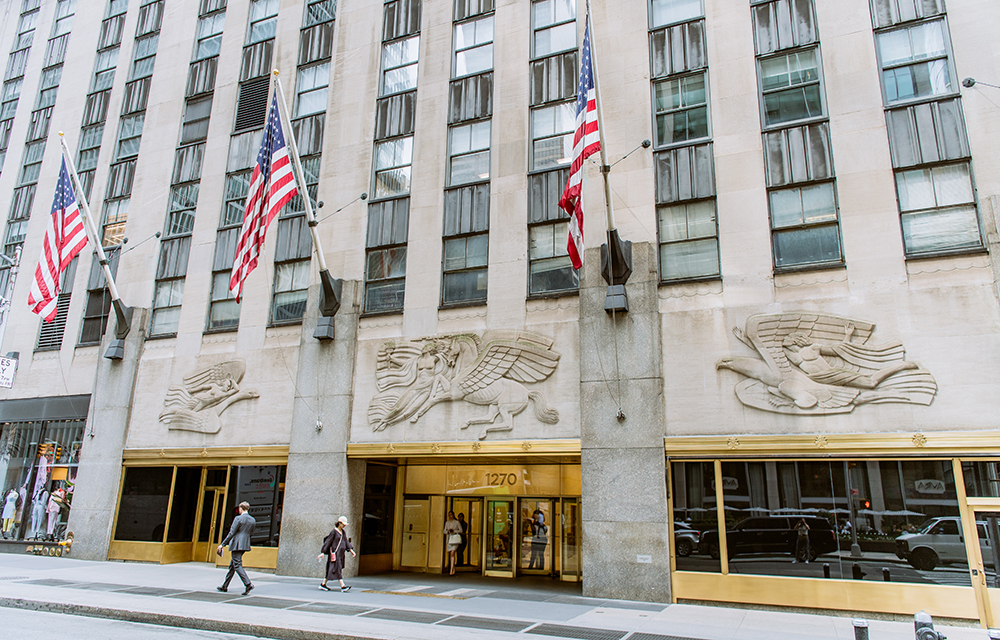
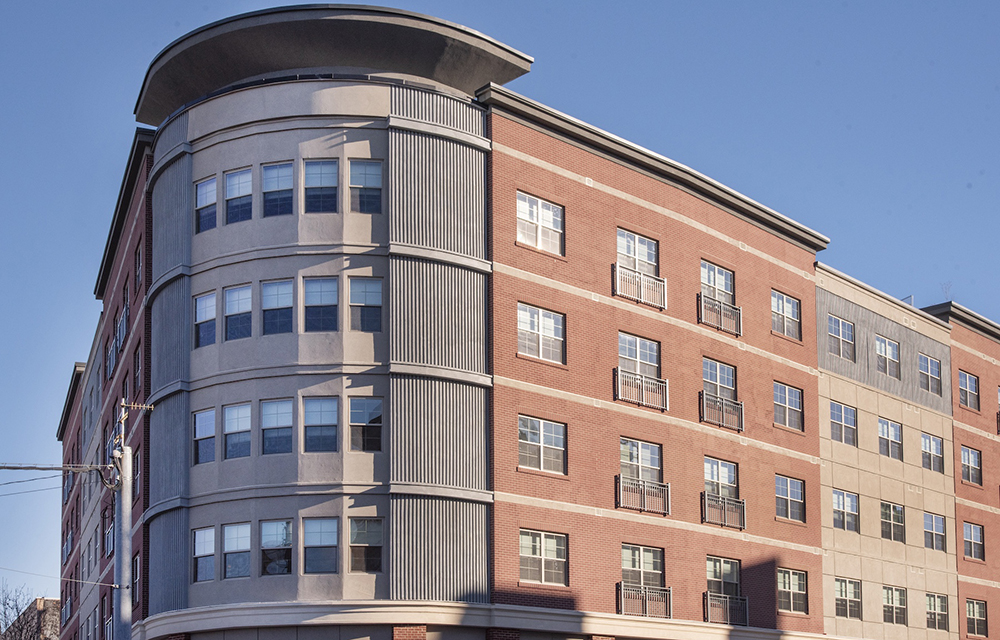
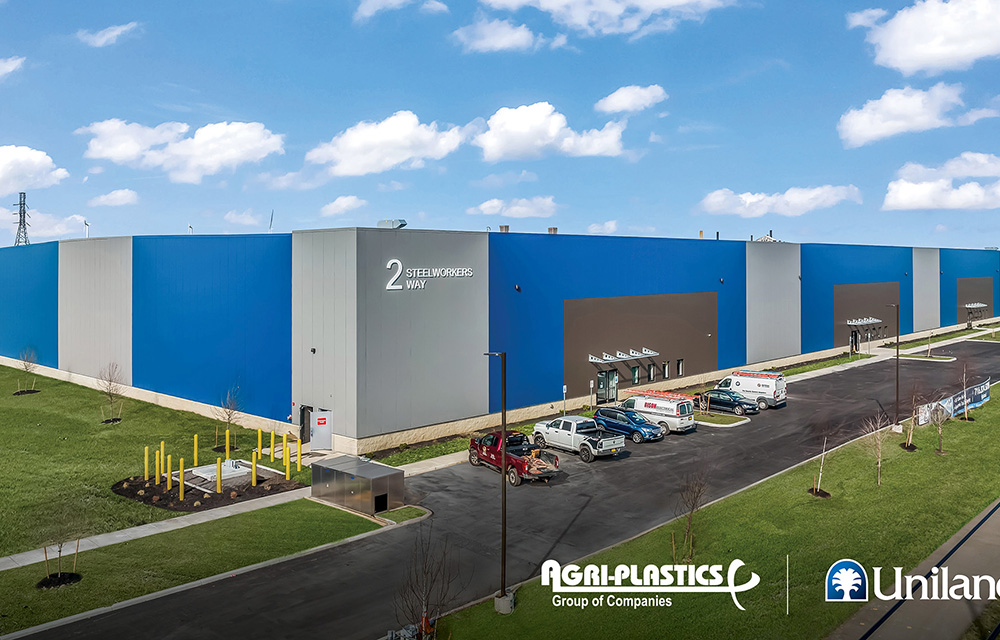
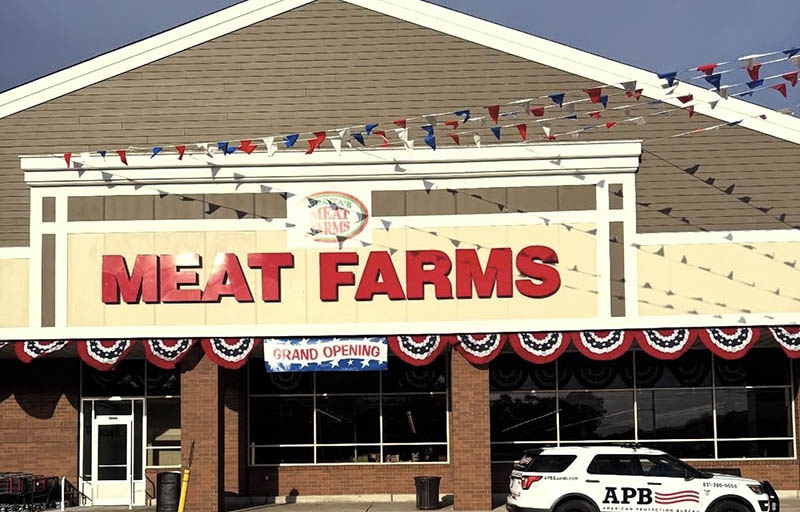
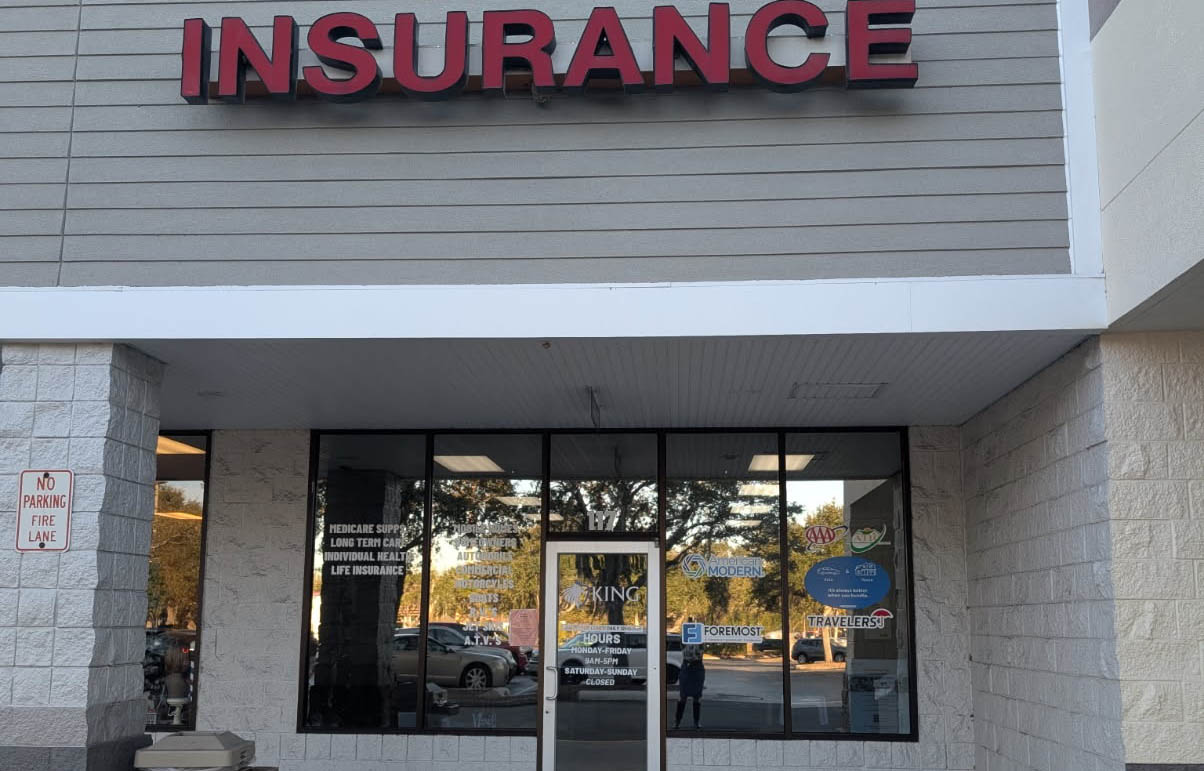

.jpg)
.gif)
.gif)